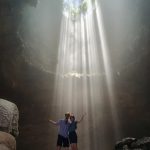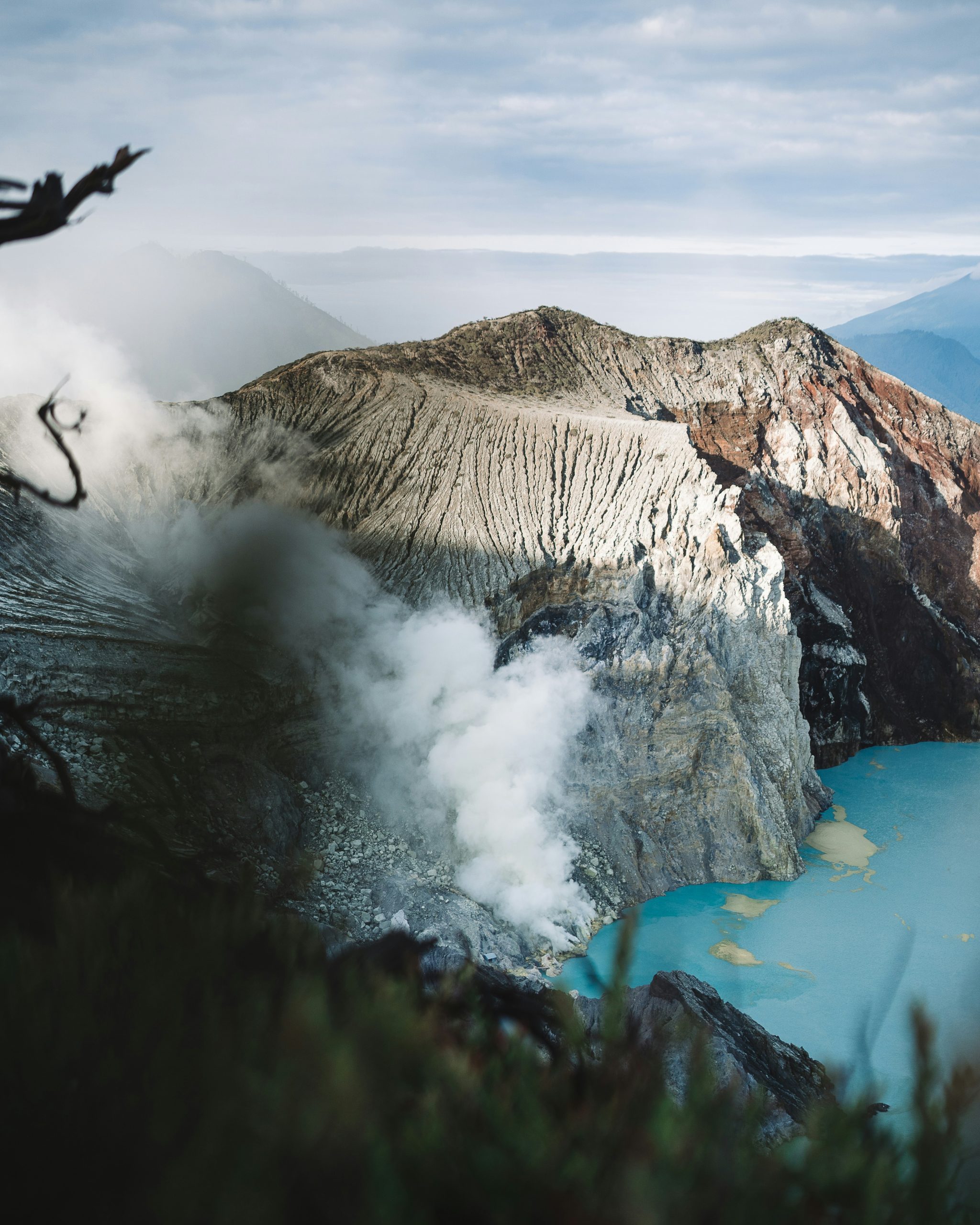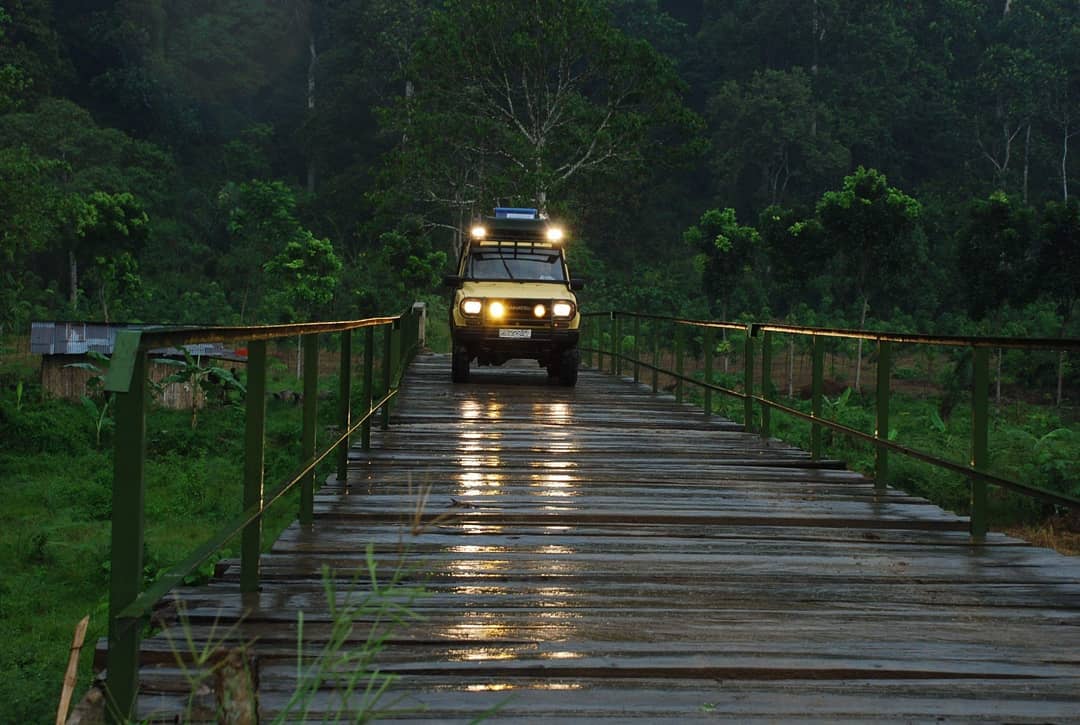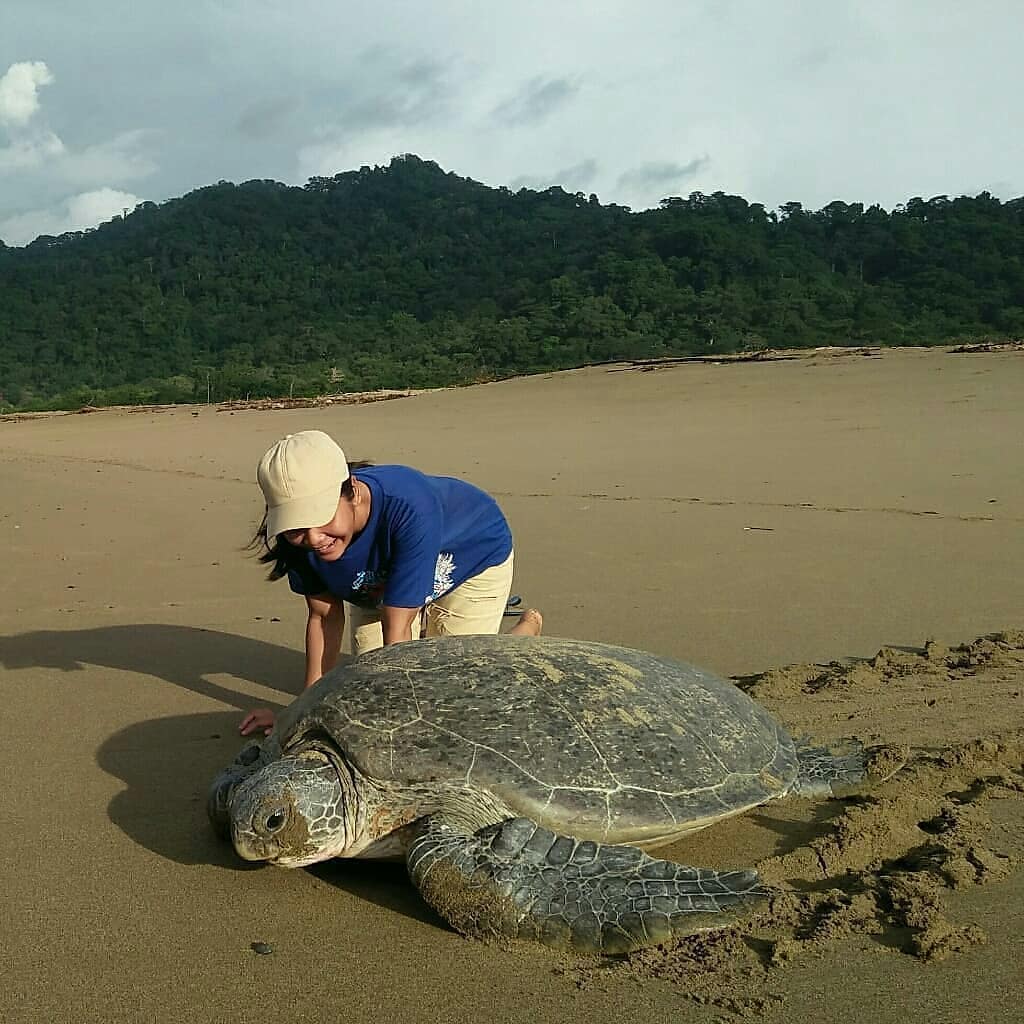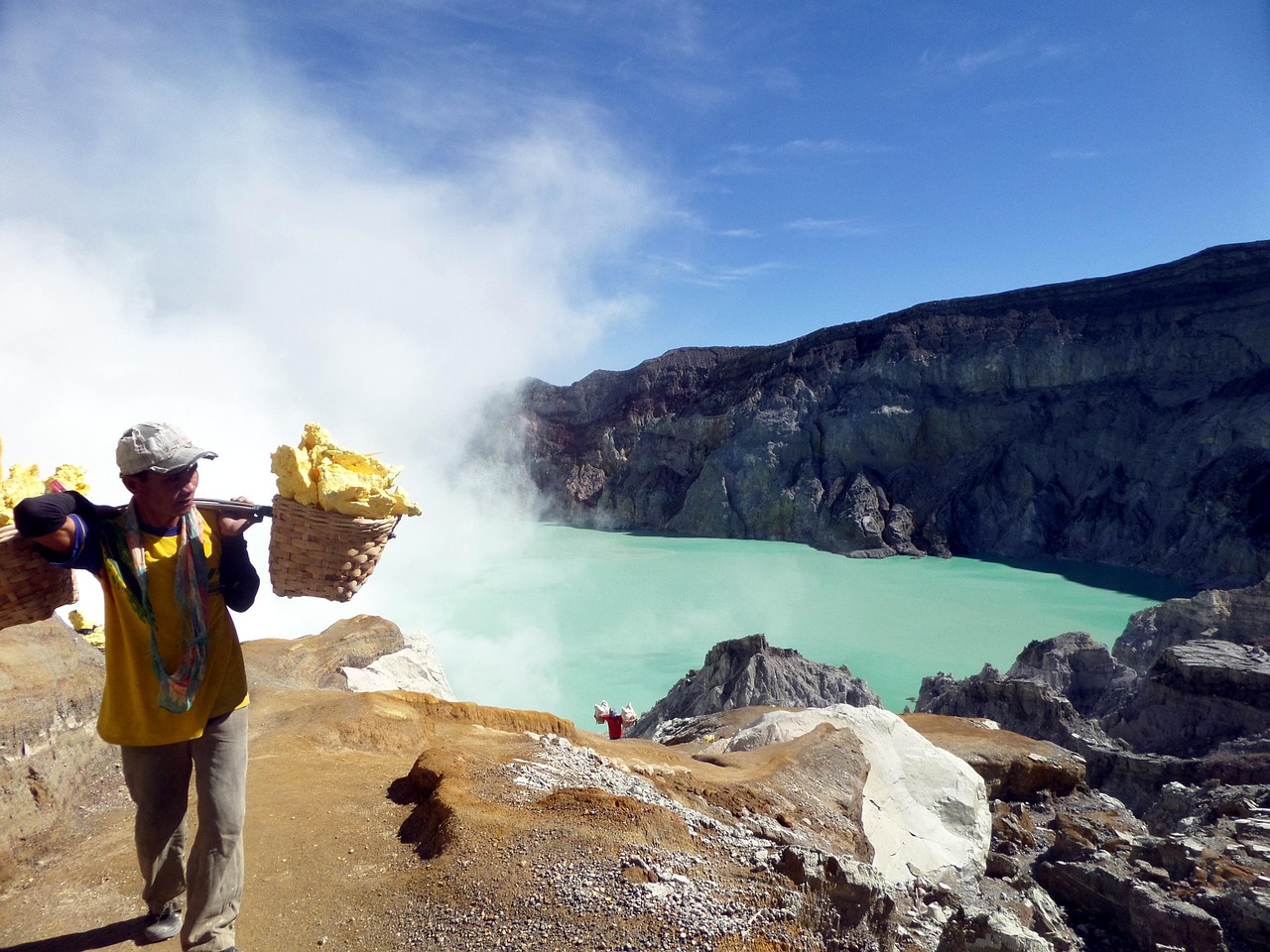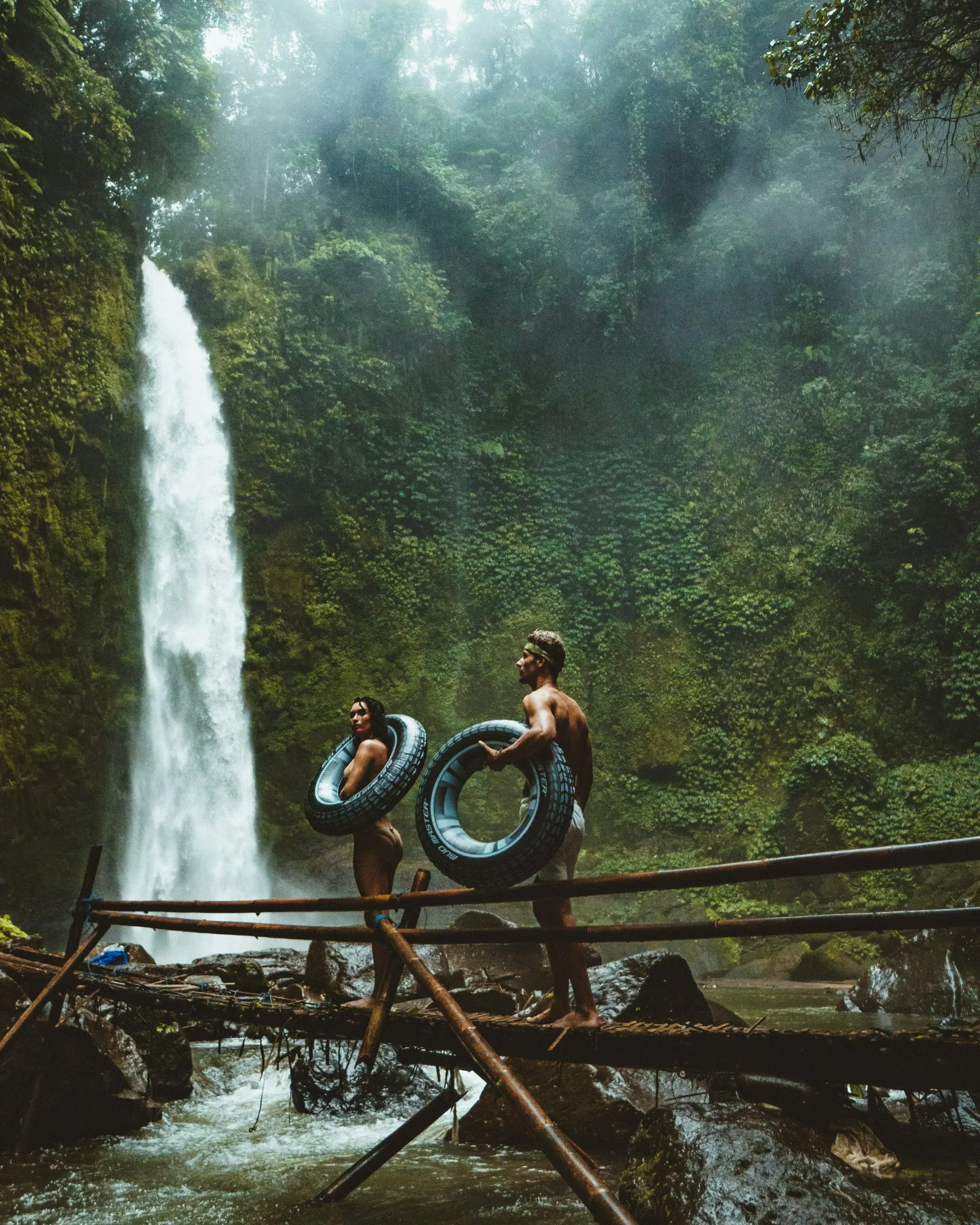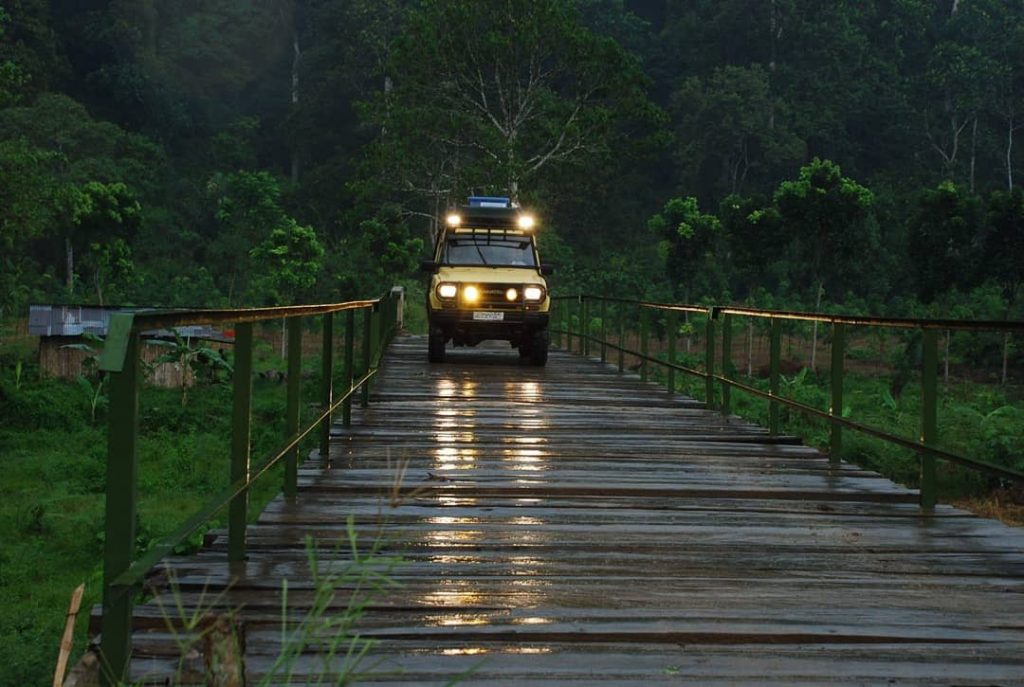
INTRODUCTION
The Banyuwangi 4-Day Blue Fire, Turtle Coast & Wilderness Expedition is a private nature and culture adventure designed for travelers seeking diverse landscapes and unique wildlife encounters in East Java.
This immersive 4-day itinerary includes the iconic Ijen Crater blue fire and sunrise trek, a coastal exploration of turtle nesting areas, and wilderness adventures in Baluran National Park. With private transportation and experienced local guides, the tour delivers a balanced combination of scenic beauty and responsible travel experiences.
TOUR HIGHLIGHTS
- Ijen Crater blue fire and sunrise trekking experience
- Coastal exploration and turtle watching on Banyuwangi’s beaches
- Wildlife viewing and savanna landscapes in Baluran National Park
- Private tour with local driver and English-speaking guides
- Responsible and sustainable travel experiences
Detailed Tour itinerary
Day 1 – Arrival and Transfer to Ijen Area
Arrive in Banyuwangi and transfer to the Ijen area. Spend your afternoon at leisure and prepare for the midnight trek. Overnight near Ijen.
Day 2 – Ijen Blue Fire & Sunrise Trek
Midnight departure for a guided hike to Ijen Crater to witness the blue fire phenomenon and sunrise above the crater lake. Return to your accommodation for breakfast and rest.
Day 3 – Turtle Coast Adventure & Baluran National Park
Head to Banyuwangi’s coastal areas for turtle watching (seasonal) and beach exploration. Continue to Baluran National Park for wildlife observation and savanna scenery in the afternoon.
Day 4 – Baluran Wilderness Exploration & Departure
Enjoy a morning wilderness expedition in Baluran National Park with opportunities to spot wild deer, buffalo, and birdlife. Transfer back to Banyuwangi for departure.
Tour Inclusions
- Private air-conditioned transportation
- Experienced English-speaking local guides
- Accommodation for 3 nights
- Entrance fees to Ijen Crater, Baluran National Park, and coastal conservation areas
- Mineral water during the tour
Tour Exclusions
- International or domestic flights
- Personal expenses
- Travel insurance
- Optional activities not listed in the itinerary
This tour includes several of Banyuwangi’s top natural attractions. Learn more about the iconic blue fire at
Ijen Crater Blue Fire Tours and explore the wildlife and savanna landscapes on our
Baluran National Park Tours.
Discover coastal conservation areas and turtle habitats on our
Banyuwangi Coastal Tours destination page.
Official information about Indonesia’s protected areas and wildlife can be found through
Indonesia Tourism Board.
All tours are operated by experienced local professionals with deep knowledge of Banyuwangi’s landscapes, wildlife habitats, and cultural environments. Javaindo Ecotourism prioritizes traveler safety, comfort, and responsible tourism practices throughout the expedition.
This 4-day Banyuwangi expedition is supported by Javaindo Ecotourism’s complete travel services, including private transportation, licensed guides, and tailored itineraries. Learn more about our
custom travel services
for a seamless and memorable journey.
Frequently Asked Questions (FAQs)
When is the best time to see blue fire at Ijen?
The blue fire phenomenon at Ijen is typically visible year-round, but clearer conditions are more common during the dry season from May to September.
Can I see turtles on this expedition?
Turtle watching is seasonal and depends on nesting activity. Local guides will advise the best locations and times during your tour.
Is Baluran National Park suitable for first-time visitors?
Yes. Baluran National Park offers accessible wildlife viewing and scenic savanna landscapes suitable for travelers of various experience levels.
Testimonials
